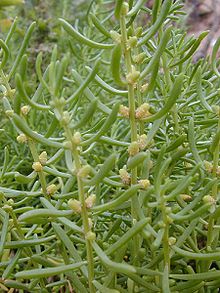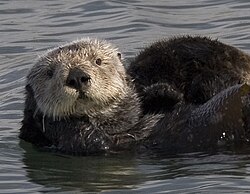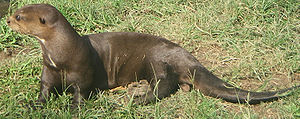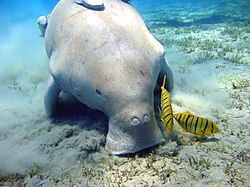Peat/Salt Crust
- The top soil layer found in an estuary or salt marsh is composed mostly of peat or salt crust. In dense areas with higher concentrations of organic material, this layer will contain undecomposed plants and sea animals. Invertebrates are an integral part of this type of soil creation, helping to break down the peat ingredients into plant nutrients.
Clay
- Clay is an interesting and ever-changing soil. On an atomic level, the negatively charged particles that make up clay tend to repel each other. Yet, it is these negative charges that allow the soil to attract positive particles such as the nutrients of potassium and magnesium. Upon drying, the soil cracks and breaks apart, providing habitat for flora and fauna.
Yellow Earth
- Yellow soils, ranging from sand to clay loams, are produced by high concentrations of sulfur. The existing sulfur oxidizes, producing a butter-yellow appearance. These soil types are extremely acidic in pH. Sometimes the soil can become too acidic, due to water table depth and water salinity, providing additional challenges to plant life proliferation.
Alluvial
- Alluvial soils are found in floodplain areas. These soils are quite rich in nutrients. They exist due to the erosion of small particles washed down from higher areas and deposited into an estuary or delta. These fine particles, a compilation of sand, clay and silt, are called alluvium. Alluvium contains potash, lime and phosphoric acid, all which are beneficial to plant life.





 Spartina
Spartina Rhizophora mangle
Rhizophora mangle





